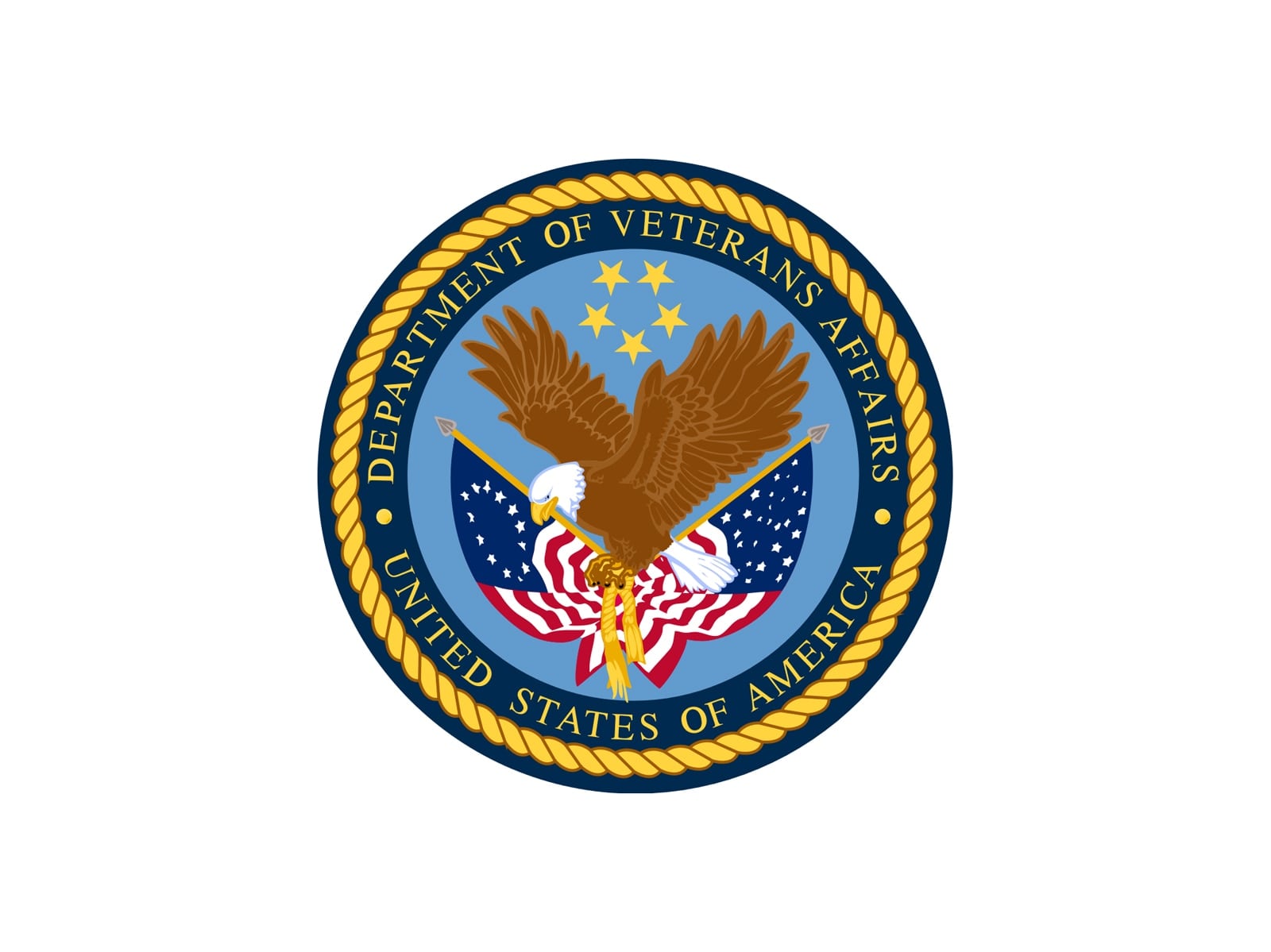As the different military services grapple with cases of sexual assault and harassment in the ranks, civilian employees at those services currently stand a lower chance of their cases being noticed by the Department of Defense at large.
The DoD cannot accurately say how many of its civilian employees have experienced or perpetrated sexual assault or harassment, a problem of policy and guidance idiosyncrasies that lets certain kinds of cases fall through the cracks, according to a Feb. 9 Government Accountability Office report.
In its review of DoD sexual harassment and assault reporting practices, GAO found that the agency not only lacked standardization for the kind of information that was reported to a central repository, but also did not require components to report all kinds of incidents in the same way that military service member incidents must be reported.
“Regarding work-related sexual assaults, limited guidance on tracking reported incidents hinders DoD’s visibility over such incidents. Moreover, not all DoD components have access to the department’s centralized database for the collection and maintenance of information regarding reported sexual assaults, which limits visibility,” the report said.
“Further, while the department has taken steps to estimate sexual harassment and sexual assault prevalence among its civilian workforce, the results are not widely distributed to all relevant offices with responsibilities for preventing and responding to such incidents.”
Members of the military are entitled to sexual assault support services after experiencing a workplace incident, and the form they file to access such services also logs the incident in a centralized database. But civilian employees are not guaranteed such services and therefore tracked far less consistently.
RELATED

“DoD guidance for the military departments states that only DoD civilian employees who are stationed or performing duties outside the continental United States may file a DD Form 2910 — a Victim Reporting Preference Statement — for an unrestricted report of sexual assault and are eligible for DoD-provided sexual assault support services. A DD Form 2910 is required for there to be full entry of the case into the Defense Sexual Assault Incident Database — DoD’s centralized database for the collection and maintenance of information regarding reported sexual assaults involving persons covered by DoD policy. DoD federal civilian employee victims of sexual assault within the continental United States are not eligible to file the form unless they also have status as a military dependent or are employed by the Air Force,” the report said.
“DoD guidance does not instruct the military departments on whether or how to comprehensively track reported work-related sexual assaults involving DoD civilian employee victims in the continental United States unless an incident involves a servicemember as an alleged offender.”
The system for reporting assaults also does not adequately account for employees that may fall into multiple categories of the DSAID. For example, a civilian employee that is also a military dependent may not be classified as an employee in the database, because the dependent section removes the ability to fill in employment data.
All of this results in concrete sexual assault data that is far lower than agencywide estimates.
“The DoD Civilian Employee Workplace and Gender Relations Reports include, among other things, estimated prevalence rates for sexual harassment and work-related sexual assault experienced by DoD civilian employees in the 12 months prior to the survey,” the report said.
“In the fiscal year 2018 report, based on employee survey self-reports, DoD estimated that 5.9 percent (about 49,700) and .3 percent (about 2,500) of DoD civilian employees had experienced sexual harassment and work-related sexual assault in the prior 12 months, respectively. By comparison, as previously discussed, DoD recorded 370 civilian employee victims of sexual assault over a 5 year period (fiscal years 2015 through 2019).”
The data problem is equally bad for sexual harassment reports, as each DoD component is responsible for maintaining records of Equal Employment Opportunity complaints, which the Office for Diversity, Equity and Inclusion only sees in annual reports.
ODEI is developing a central repository to address this problem, but that repository does not as of yet have a regular reporting mandate for components or data standards to ensure that each component is providing the same information about each incident.
The result is that the agency, and components by extension, may not have the needed visibility to see if a particular person or office is repeatedly responsible for harassment claims.
DoD also lacks sufficient guidance on informal reports of sexual harassment. Though such informal reports are defined as “an allegation, made either orally or in writing, that is not processed or resolved as a formal complaint through the office designated to receive harassment complaints,” the agency does not mandate that such informal reports be consistently tracked and reported to a central repository.
Services like the Navy have a policy to retain informal complaints with the command for three years and only report formal complaints to the headquarters level. And some such complaints may never get recorded at all.
The result is that even as military services are far more likely to resolve sexual harassment complaints informally, the number of informal complaints reported to ODEI is generally far lower than formal complaints.
And just as ODEI is not able to get consistent reports on sexual harassment and assault from across DoD components, those components have limited access to consolidated data.
Not all DoD components have access to the DSAID and the Civilian Employee Workplace and Gender Relations Report, which estimates harassment and assault frequency, is not distributed to every component Equal Opportunity office.
The report made 19 recommendations that called on DoD to establish consistent reporting requirements and standards for civilian sexual assault incidents and work to close some of the loopholes that allow for incidents to be poorly categorized in reporting systems. DoD agreed with all recommendations.
Jessie Bur covers federal IT and management.





